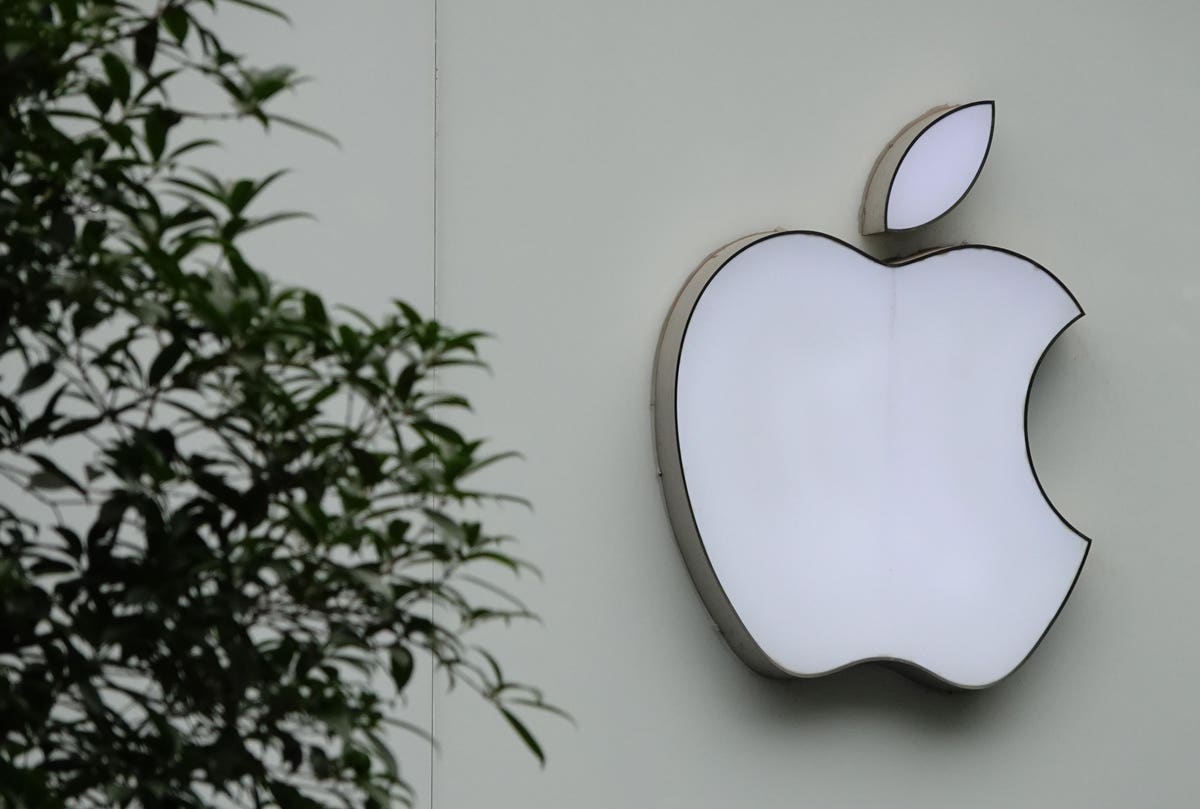At this point, we are moving into the second half of a year filled with questions and uncertainty. With that in mind this could be a good time to review some of the macro factors which are likely to affect the markets and the economy in general. The latest report from the Bureau of Labor Statistics says that inflation in June dropped to its lowest level in over two years, rising only 3% from a year ago and only 0.2% when compared to May. Another BLS report notes that wages have grown faster than inflation for the last four months and rising 0.4% from May to June, double the rate of inflation.
However, the problems in the banking world which led to three of the biggest bank failures in US history earlier this year remain unresolved. Interest rates are even higher now than they were when the banking crisis started at the beginning of the year and many large banks still have millions in unrealized losses on their books from loans that will never be repaid. And despite the rosy report from BLS, the Fed is still struggling to keep inflation in check, without tanking the economy. The same problems we have faced for the last few years are still here, but the stock markets are up, so everyone seems to be just looking the other way or burying their heads in the sand.
If you look more closely though, it becomes obvious that equity market appreciation has been very thin and it’s really fewer than a dozen companies, including Apple
AAPL
Certainly, the level of bankruptcy filings so far this year shows that something is not quite right. Epiq Bankruptcy, which tracks US bankruptcies, says the Chapter 11 filings were up 68% in the first six months of the year, totaling 2,973 filings versus 1,766 a year earlier. It also noted a 55% increase in Chapter 11 Subchapter V elections, which relate to small business bankruptcies and a 23% jump in Chapter 13 filings, which generally allow debt repayment over a period of three to five years.
The most recent edition of JP Morgan’s Default Monitor offers a similar perspective, noting that US bankruptcies in the first six months of 2023 were the highest since 2010 among the companies covered by S&P Global Market Intelligence. We’ve previously covered some of them, including Bed Bath & Beyond, Diebold
DBD
There was also elevated default activity in the bond market with June showing high-yield bond and leverage loan default rates hitting a two-year high. Recovery rates for high-yield bonds have dropped to record levels with six of the 11 recoveries tracked by JP Morgan being in the single digits. Leveraged loan recovery rates are also below historical averages.
Nevertheless, fixed income is starting to look more attractive than it has in a long time. These days investors can actually realize a 5% yield without taking any more than US government risk.
And speaking of US government risk, the total USD money supply has absolutely skyrocketed over the last 60 years. This kind of money growth has never ended successfully for any other economy looking back over history. In fact, US money growth has been the main driver of the recent stock market rally which actually correlates very closely with the amount of cash outstanding in our economy.
The Fed Funds benchmark interest rate is relevant but not the main driver of inflation and market speculation in this cycle. It is important to remember that macro moves such as raising rates take about 18 months to work through the system before their effects are really felt. Even so, it’s likely that the Fed will act to raise benchmark interest rates by another time or two this year. Symbolically, that sends as strong message that the Fed is acting to slow down our economy and doing this will likely continue to have a negative impact on regional banks, even though it doesn’t really fix the problem of so much money “sloshing around”. With that, we should reasonably expect more bank failures going forward due to growing unrealized losses on long-dated fixed income securities and mortgages.
The price of gold and even Bitcoin
BTC
We’ve also previously discussed how the US Government’s deficit spending continues to stimulate our economy, thereby creating an additional challenge for the Fed, which is tasked in part with trying to tame inflation.
The net net result of all this is that we may really be “watching a slow-moving train wreck” as money becomes more expensive, banks continue failing, distress continues to increase, corporate earnings get weaker with increasing inflation and slower demand, consumers lose confidence, and stock market breadth remains very limited. Hopefully, the train wreck continues to be “slow-moving” and doesn’t suddenly turn into a fast-moving systemic crisis given the big challenges of properly fixing our overleveraged economy. Also, hopefully we don’t become another “Weimar Republic” due to all this historic money printing. Probably, the best real fix for our US economy would be to reduce total money supply, address the nation’s underfunded liabilities, and finally get US government deficit spending under control; however, those fixed are not politically popular and would likely require most citizens to accept a certain amount of pain.
With this backdrop, I continue to recommend that investors tread extremely carefully, spend more time searching for short-sale candidates, and begin to deploy funds into distressed debt strategies.
Read the full article here



